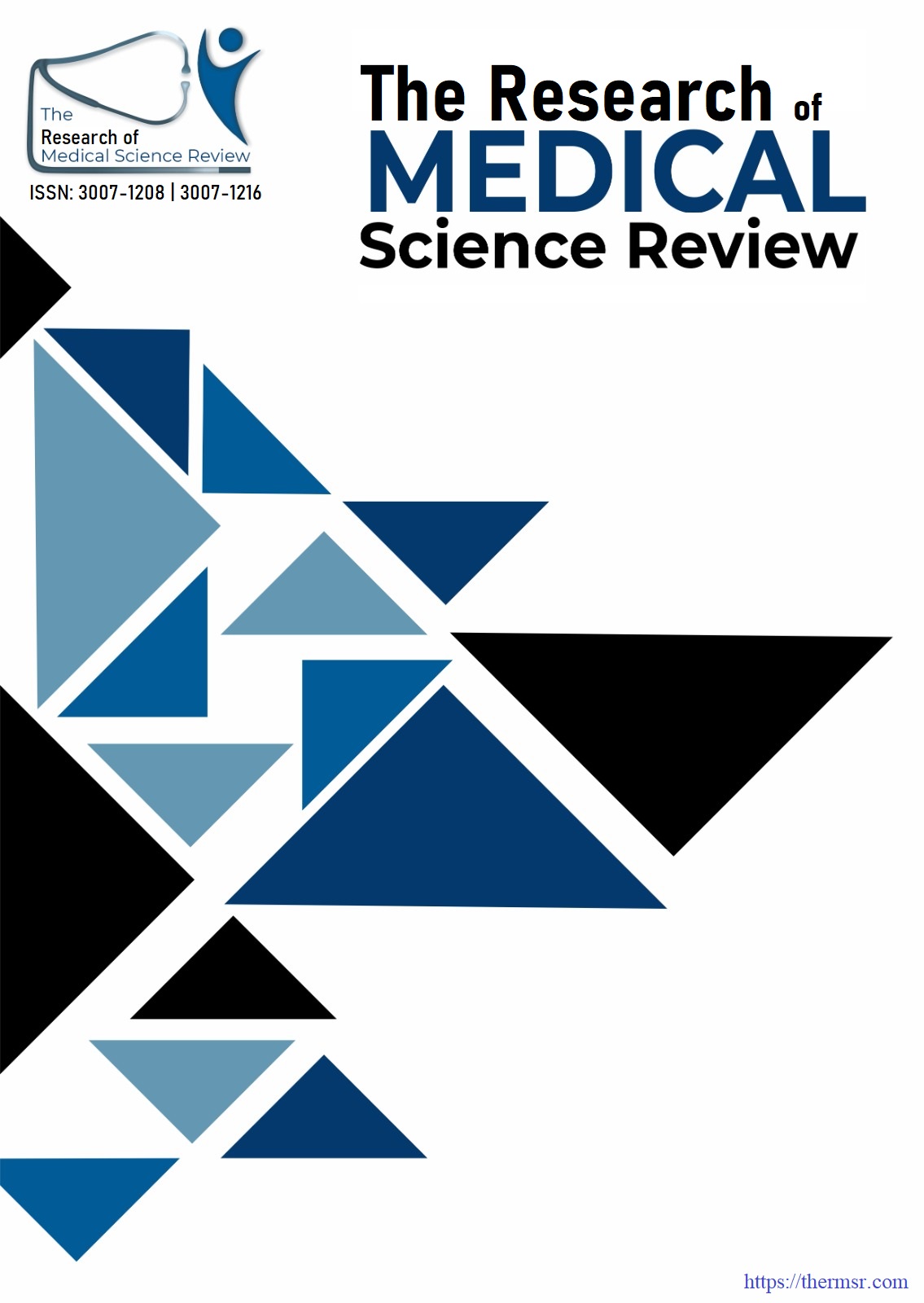ANALYSIS OF ANTEPARTUM HEMORRHAGE AND ASSOCIATED RISK FACTORS FOR MATERNAL AND NEONATAL OUTCOMES
Keywords:
Antepartum Haemorrhage, Placenta Previa, Placental Abruption, Maternal Outcomes, Neonatal Outcomes, Caesarean Section, Antenatal Care, PakistanAbstract
This study, involving investigates the prenatal, maternal, and neonatal features associated with Antepartum Haemorrhage (APH). The study reveals significant findings related to maternal age, educational levels, parity, obesity, and pregnancy outcomes. Age-related risks were highlighted, with 36% of participants being under 20 years of age and 33% over 35. Maternal education levels varied, with 24% having a college education and 15% being illiterate. Obesity was prevalent in 57% of participants, and 35% of pregnancies were preterm, emphasizing the need for better prenatal care. Medical conditions such as diabetes and hypertension were common, with 55% of participants having diabetes and 47% experiencing hypertension. Surgical histories were also notable, with 38% of participants having had prior surgeries. Risk factors such as previous uterine scars, gestational hypertension, multiparity, and advanced maternal age (over 35) were found to be prevalent among the cohort, highlighting the complexity of APH. The study also identifies significant placental complications such as placenta previa, accreta, and abruption, which posed substantial risks for both maternal and neonatal health. A large portion of maternal outcomes involved caesarean sections, hysterectomies, and postpartum anemia. Neonatal outcomes revealed high rates of low birth weight, stillbirth, and birth asphyxia, indicating severe health challenges. The study stresses the need for targeted antenatal monitoring, early intervention, and improved neonatal care to mitigate these risks.
Downloads
Downloads
Published
Issue
Section
License

This work is licensed under a Creative Commons Attribution-NonCommercial-NoDerivatives 4.0 International License.















